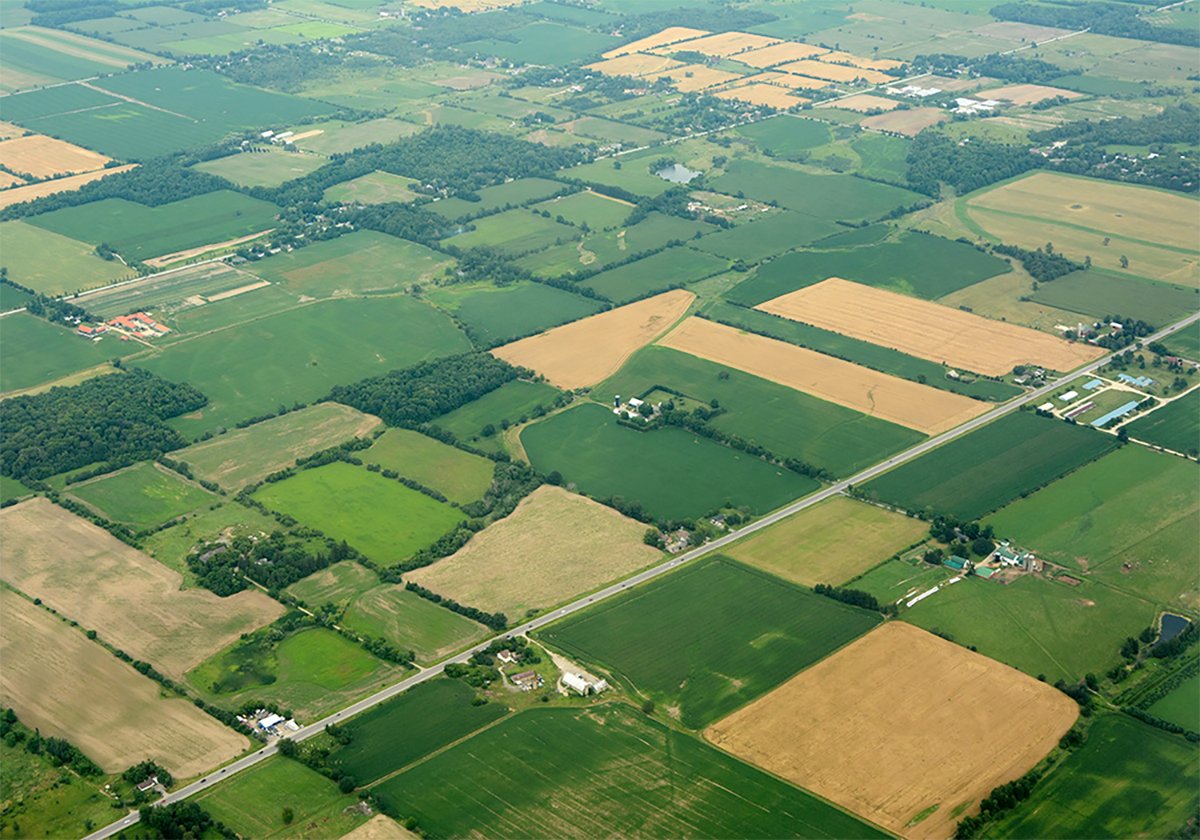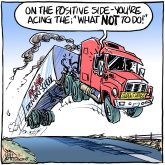Horrific violence
The beheading of western journalists from the U.S. and Britain working in Iraq is a horrific act of violence.
However, it cannot be separated from the invasions and wars in the Middle East by the U.S. and their allies, including Canada.
The basis of the formation of ISIS was initiated by the 1990-91 American invasion of Iraq during the presidency of the elder Bush. It was named the Gulf War.
Then in 2003, the second invasion of Iraq was titled — George W. Bush’s “Shock and Awe” war.
Read Also

Higher farmland taxes for investors could solve two problems
The highest education and health care land tax would be for landlords, including investment companies, with no family ties to the land.
The number of American soldiers, and soldiers from countries that did contribute to the attacks on Iraq and Afghanistan that were killed, is over 6,000. To that number we have to add the thousands of Americans and their NATO military allies who were physically and mentally wounded, and some maimed for life. All at a cost of about $6 trillion. Profits (were) reaped by the manufacturers of the sophisticated weapons of war.
The human costs of those wars to the citizens of Iraq and Afghanistan are estimated at 1.3 million killed, wounded or displaced. And, of course, that includes civilians, involving women and children.
There has never been a figure stated on the collateral damage to Iraqi and Afghan property. Trillions? And we did all this to bring our form of democracy to the Middle East?
Considering the statistics above, it is no wonder that people in the Middle East are alienated by foreign military forces. These are the circumstances that lead to the formation of ISIS, now being recognized as extremists and terrorists.
Nafeez Ahmed is a British author, an investigative journalist and an internationalist security scholar. The following is his version of “How the West Created the Islamic State.”
“Since 2003 Anglo-American power has secretly and openly co-ordinated direct and indirect support for Islamist terrorist groups linked to Al-Quaeda across the Middle East and North Africa.
This ill-conceived patchwork of geostrategy is the legacy of the persistent influence of neoconservative ideology, motivated by longstanding but often contradictory ambitions to dominate regional oil resources, defend expansionist Israel, and in pursuit of these, re-draw the map of the Middle East.”
Leo Kurtenbach,
State of grain marketing
It was refreshing to see Stewart Wells tell it like it is in his recent letter regarding the state of grain marketing in Western Canada. In (agriculture minister) Gerry Ritz’s response, it is clear he has no real argument other than to attack the messenger. Farmers are growing tired of him telling us how well off we are under marketing freedom and how we are making record profits.
Is he not aware prices have fallen to four-year lows or below and that the agricultural grain economy is slowing?
How can Mr. Ritz be proud of the situation he and his government have instigated? We have no effective futures price discovery, record basis deductions, recent poor co-ordination of grain stocks at port and high demurrage charges.
Grain company quotes are widely variable and there is often little idea of how much will be discounted for protein and grade shortcomings. The buyers are not beating a path to our door trying to outdo one another. We are simply weaker price takers spending excessive amounts of time calling for elusive quotes.
As a farmer, it feels like we have no marketing freedom, only the opportunity to contribute to those company profits involved with handling our product.
Robert Horne,
Swift Current, Sask.
OUTRAGEOUS COST
Re: “Price disparity sparks anger” (WP Oct. 2).
In this article, Larry Weber, an analyst with Weber Commodities, said “the price for No. 1 CWAD 13 percent durum was as high as $14.80 in Montana and North Dakota last week, which was $7 per bu. higher than the Canadian price.”
“We’ve still got the same disparity in prices that we did when the (Canadian) Wheat Board was there,” he said.
In my opinion, this last sentence cannot be supported by facts. It has been well established that the single desk Canadian Wheat Board received a premium from sales to end-users of milling wheat and durum on both sides of the border.
Gordon Harrison, president of the Canadian National Millers Association had this to say: “The CWB’s selling prices to Canadian processors were equal to or greater than selling prices to U.S. importers and end users.”
John Miller, president of Miller Milling Co. and a spokesperson for the North American Miller’s Association, testifying before the International Trade Commission said: “If the Canadians are selling durum at less than market prices or better than market terms, I’m not getting any of it.”
If the single desk CWB were alive and well today, Canadian durum growers would be capturing $14.80 per bu. plus a premium, from sales on both sides of the boarder.
Marketing freedom comes with an outrageous price.
Bev Currie,
Swift Current, Sask.














